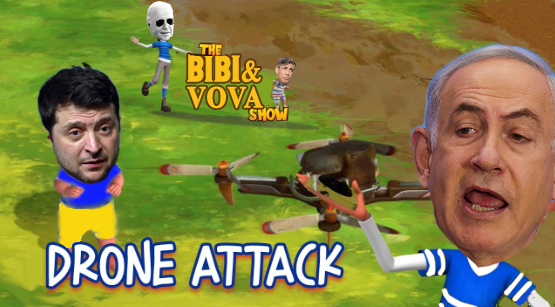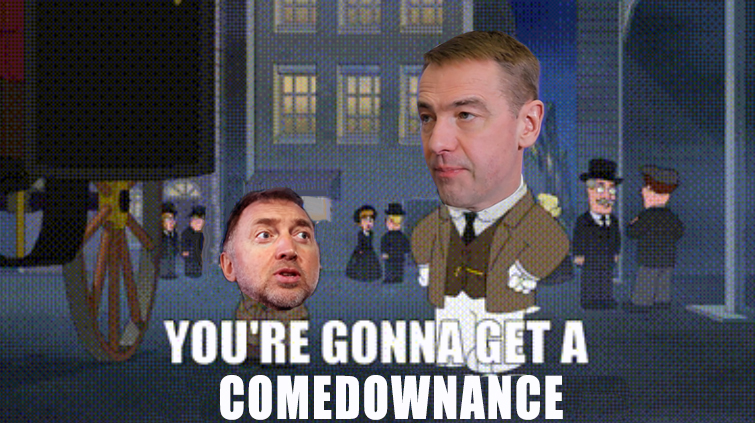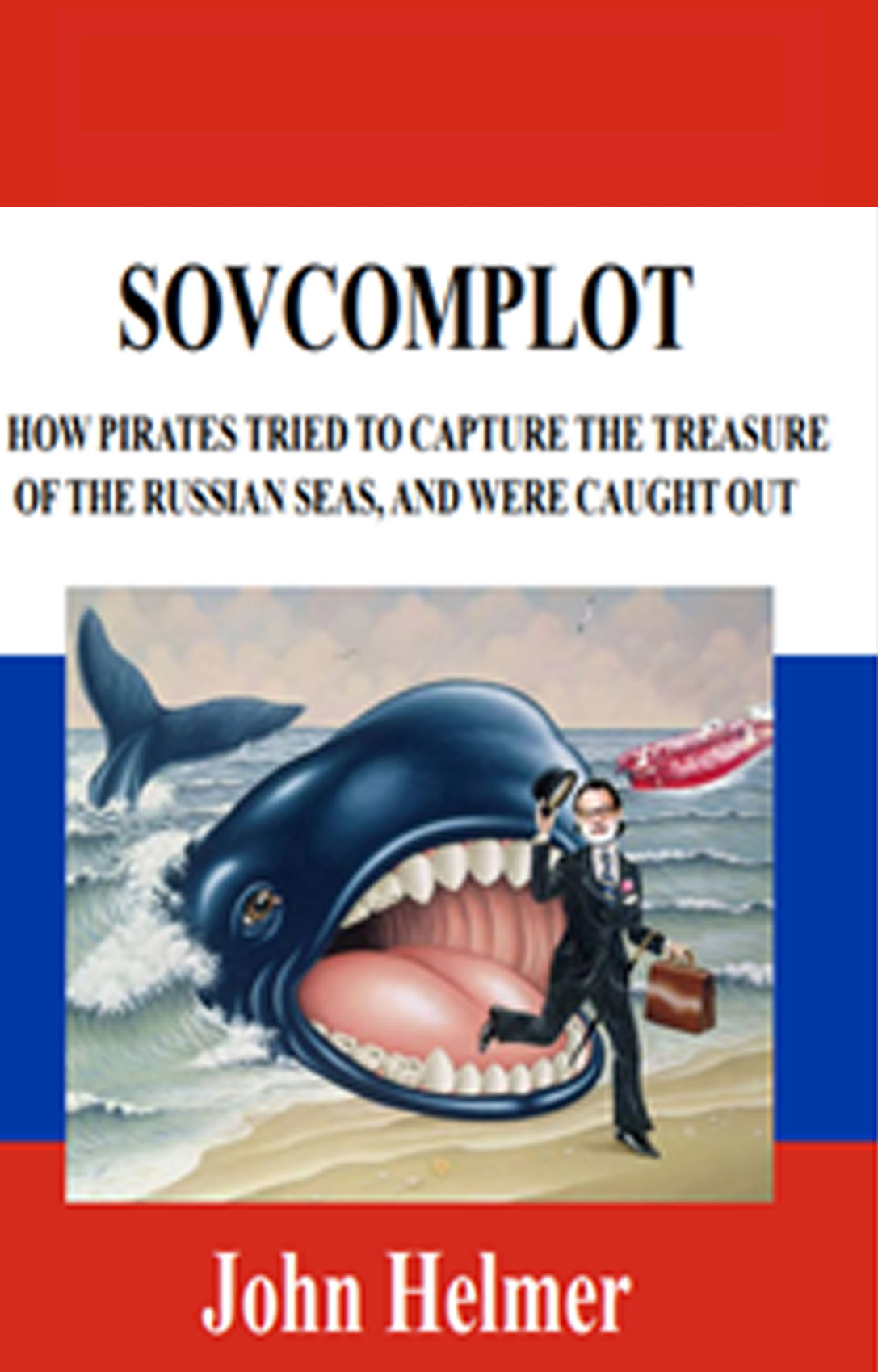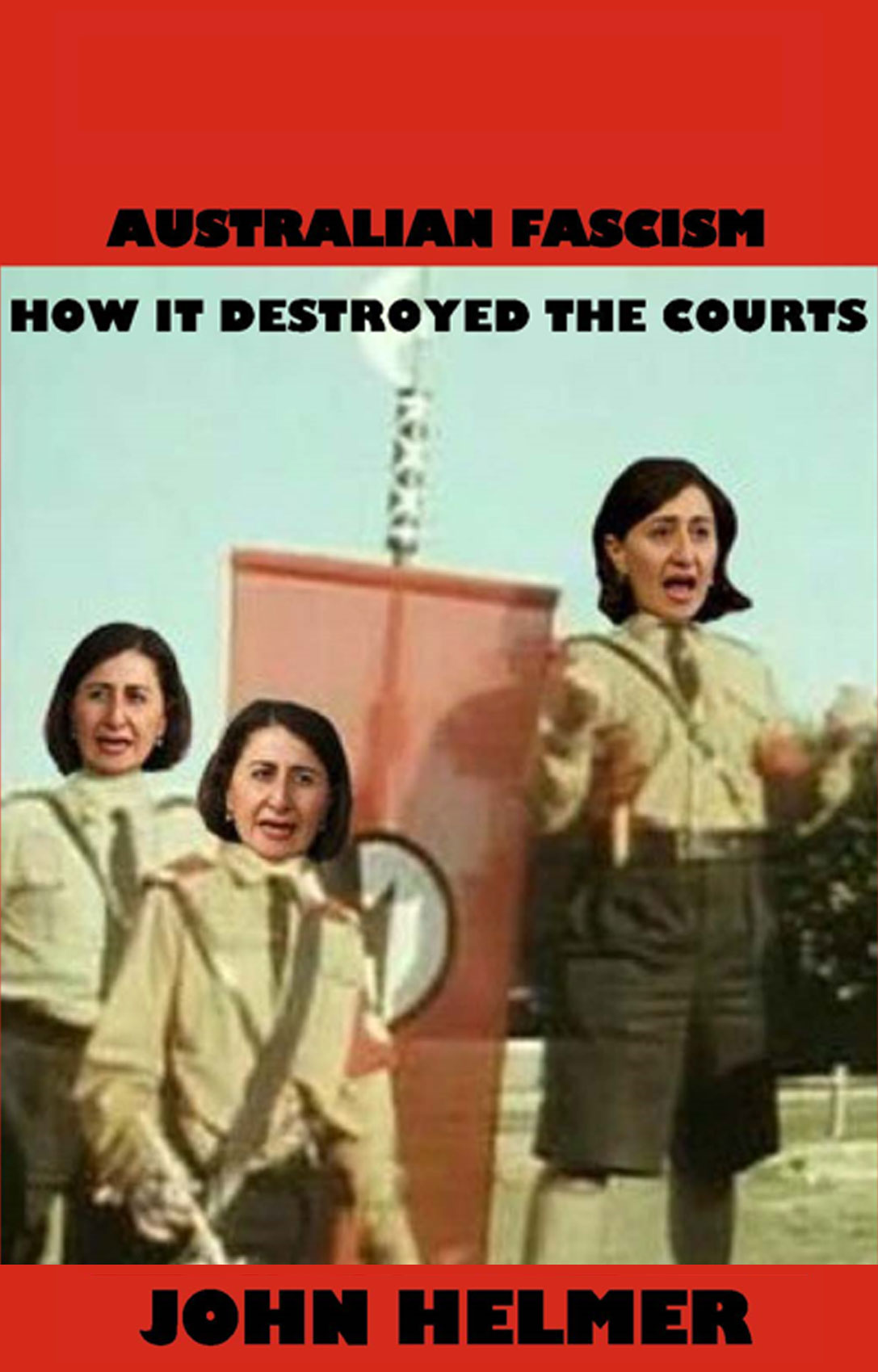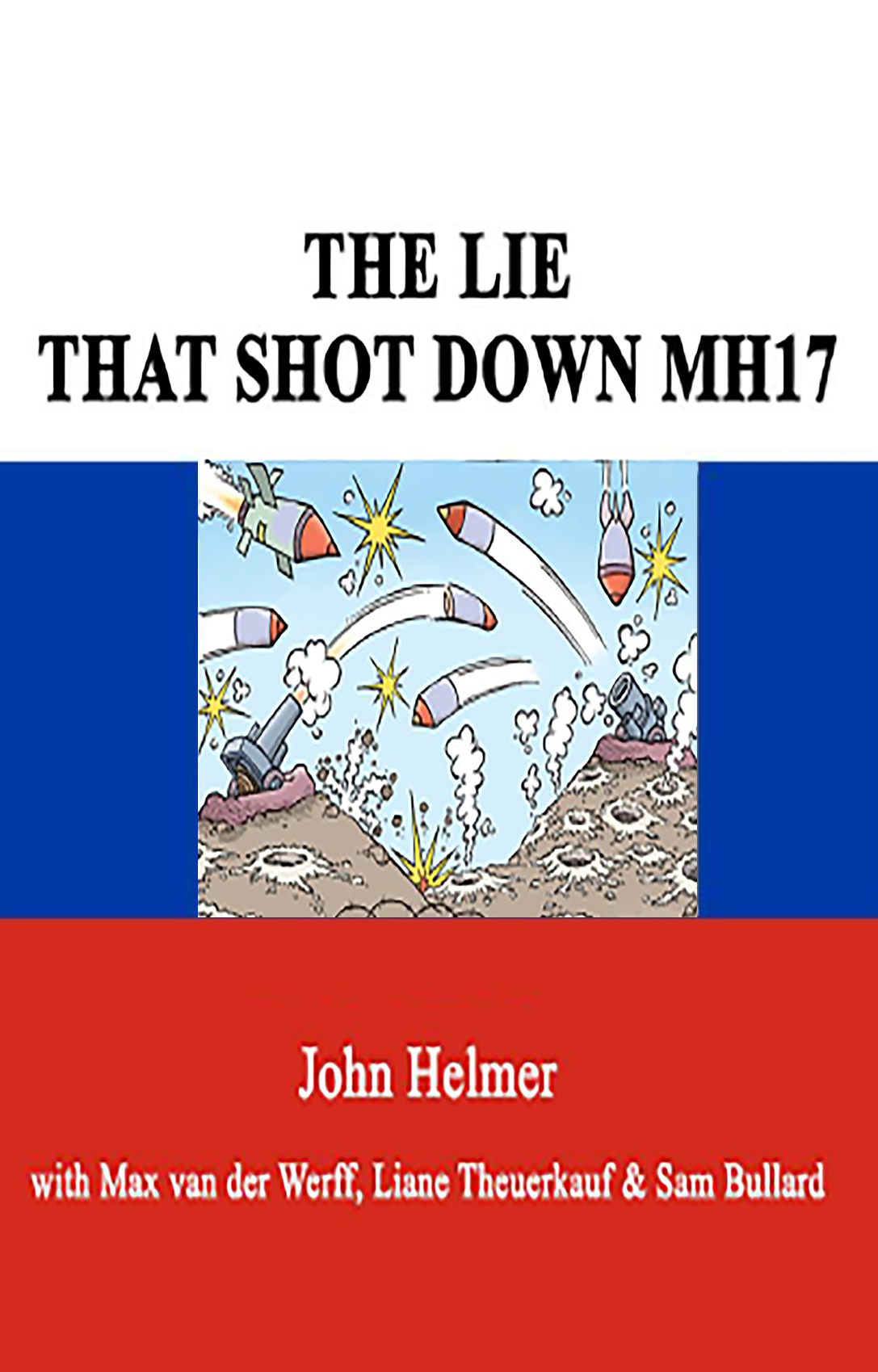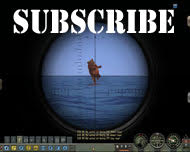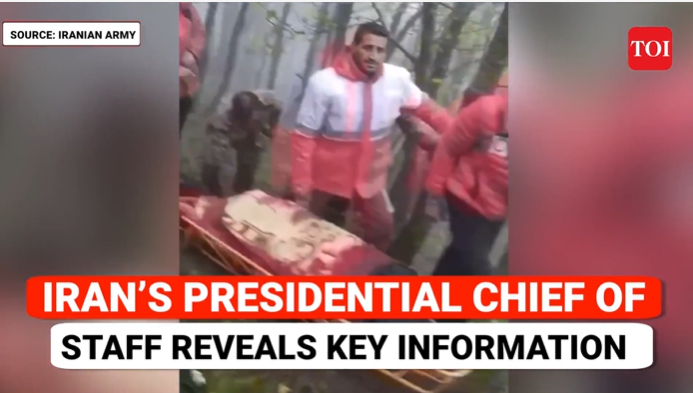

by John Helmer, Moscow
@bears_with
The release of fresh details of the fatal helicopter flight on May 19 which killed Iran’s President, Ebrahim Raisi, and Foreign Minister Hossein Amir-Abdollahian is ruling out bad weather, machine failure, signals interference, on-board bomb or ground-fired missile as the cause of the crash. Iranian civilian, military and clerical officials are also excluding Israeli or US involvement.
Instead, Raisi’s chief of staff, Gholam-Hossein Esmaeili, a civilian lawyer and Raisi loyalist for many years, has described a sequence of details, preceding and following the incident, which hint at suicide murder by one of the pilots of the presidential aircraft.
Esmaeili made his remarks on Tehran television on the evening of May 21. He revealed that Raisi’s helicopter was flying second in a convoy of three aircraft, while Esmaeili was flying third, behind Raisi, when his helicopter “suddenly disappeared”. The pilot of the third helicopter then “decided to circle and return to search for the President’s helicopter”.
Esmaeili also said that attempted calls to Raisi, Amir-Abdollahian, and the pilot of their aircraft, Colonel Seyed Taher Mostafavi, all failed to produce a response. However, two calls were answered by Ayatollah Mohammad Ali Al-Hashem, the only passenger who appeared to survive the impact and fire of the crash, but died soon after. Al-Hashem represents the clerical power in East Azerbaijan province. According to Esmaeili, Al-Hashem said “our situation is not good, the copter has crashed into the valley”.
Al-Hashem’s remark appears to rule out a missile strike or bomb explosion.
Esmaeili’s statements rule out adverse weather conditions and the sight or sound of mid-air explosion.
An Iranian Army General Staff statement, issued last Friday May 24, after investigation of radar, radio, other telecommunications, and the aircraft debris, has confirmed normal navigation and communications between the helicopter pilots and with ground controllers. “Gunshot wounds or similar ones have not been seen in the remaining parts of the helicopter,” the report claims, “in the conversations of the control tower with the flight crew, no suspicious cases have been observed.”
The implication is also that there were no sudden machine failures triggering loss of pilot control and indicated by either pilot or automatic instrument distress signals.
Because the Raisi aircraft disappeared into clouds ahead of Esmaeili, and there was no heat burst from missile or bomb strike, satellite images by Russian, US, or Chinese satellites are unlikely to have recorded what happened. The signals intelligence collected by Russia and the US is also unlikely to have recorded more than Esmaeili has admitted.
That leaves the Russian hint published by Konstantin Malofeyev, owner and editor-in-chief of Tsargrad, citing a retired Russian Air Force general. According to Major General Vladimir Popov (retired), “the main threat to top officials during air travel comes from themselves”.
The mainstream Russian press, the Moscow military bloggers, and RT, the state propaganda organ, have all avoided analysis of the incident forensics and speculation of motive; they have stuck to repeating official Iranian news releases. RT’s version of Esmaeili’s statements is significantly shorter and less comprehending than the Islamic Republic News Agency (IRNA) report and the Times of India video.
“Esmaeili’s statement points to Raisi’s pilot making the decision to crash,” comments a western military source. “Why order the other two aircraft to ascend and get above the clouds, and then not do so himself?”
(more…)


